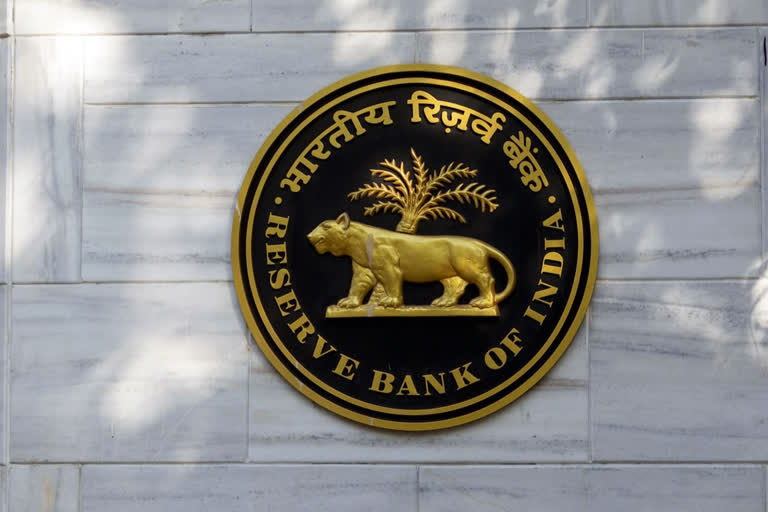Hyderabad: Though the R Gandhi Committee suggested a few years ago that the Reserve Bank of India (RBI) should take initiative to end the scams and reform governance of the Cooperative Banks, the central government has been struggling to take action in the matter.
The country was shocked by the financial scam of Rs 11,614 crores that surfaced last year in the Punjab-Maharashtra Co-operative Bank (PMC) involving the deposits of nine lakh customers from seven states.
The central government recently passed the Banking Regulation (Amendment) Bill in Parliament to restore public confidence in the co-operative banking sector.
The number of depositors in 1482 urban and other 58 multi-state co-operative banks across the country is 8.6 crore.
The total amount invested in co-operative banks is almost five lakh crore rupees.
The finance minister said that the financial condition of 277 urban co-operative banks was weak, 105 banks could not meet the minimum investment target as per regulations and 328 banks had accumulated gross non-performing assets of more than 15 per cent.
The government, which seeks to enhance professionalism in the affairs of co-operative banks, open new avenues to the capital acquisition, improve management and safeguard the interests of depositors, has paved the way for the Reserve Bank to monitor them.
Also Read: Exclusive: RBI not in favour of merging crisis-hit Lakshmi Vilas bank with Govt bank
The Federation of Maharashtra and others have declared that they are satisfied with the Centre's acceptance of co-operative autonomy and equal voting rights of one vote per member.
The optimistic hope that the situation will improve under the supervision of Reserve Bank is proving to be far from reality.
After a year from bringing the crippled and scam-ridden PMC Bank under the supervision of the Reserve Bank, the situation of the depositors worsened and their position was like falling from pan to the fire.
In fact, nearly Rs.200 crores of RBI employees' Cooperative Societies' money was stuck with the Cooperative Banks and there is utter confusion as to how to set right the situation.
The RBI came into existence in 1935 and by the time the country gained independence in 1947, hundreds of banks had raised their hands with the bad financial situation.
Records show that between 1947 and ’69, 665 banks and subsequently till 2019, 37 banks had failed. There is ample evidence that the RBI has not been able to stop the failures of banks despite its full monitoring and regulatory powers.
The RBI, which is merging the crisis-stricken cooperative banks with financially sound public sector banks and relinquishing its responsibility, is helplessly watching when there are rampant scams in the public sector banks.
Also Read: RBI lays down guidelines for banks to appoint chief compliance officers
Referring to the non-performing assets (NPAs) of the banking sector, which stood at Rs 9.61 lakh crore at the end of March 2018, the then CAG Rajiv Maharshi's question, "Is RBI responsible for this crisis or not?" had created a sensation.
Citing major frauds in the banking sector, Shashikant Sharma, the Auditor General, had said that the RBI should have conducted a 'CAG' audit two years ago.
In the last five years, the Centre has provided literally three and a half lakh crore rupees to support financially distressed banks.
The way it is taking five years for the banks to detect the grave scams is reflective of the 'professional acumen and the monitoring skill' of the RBI.
It can be said that there is a greater need today more than ever for the RBI to initiate sharp reforms.
Also Read: Pack of cards: LVB, Dhanlaxmi Bank contagion may engulf other banks



